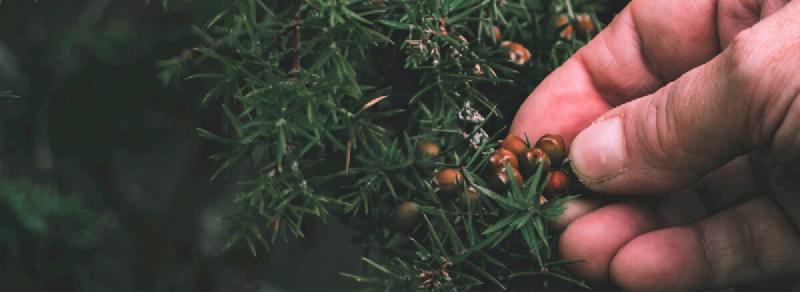It can be tough to get people to be interested in plants. They usually don’t move or do anything on a timescale we pay attention to, so a hands-on approach can be a good way of getting others to engage with plants. In this episode we discuss reasons to allow people to pick plants, and reasons you might want to restrict picking.
Why you should allow plant picking
- Physical/tactile connection with nature.
- Opportunity to learn how to interact with nature in a low stakes way. Injuring or killing a plant is not quite the same as harming an animal.
- Better condition material for pressing/crafting.
- Foraging.
- Fights the ‘museumification’ of nature. Which contributes to detachment from nature and disinterest in taking action to protect it. Gobster, Paul. (2007). Urban Park Restoration and the “Museumification” of Nature. Nature and Culture. 2. 95-114. 10.3167/nc2007.020201.
Why you shouldn’t allow plant picking.
- Harm to plant
- Harm to local environment
- Does not emphasise intrinsic value of other living things
- Commodification of nature
Picking principles
Pick for a purpose
If you are going to pick plants, consider what you
are going to do with them. There may be a less destructive way to achieve the
same goal. Identifying trees you might be able to take a photo of a leaf
instead of picking one off. If you want to make some leaf art, fallen leaves
might work just as well.
Know the site
Make sure you have permission of the landowner if you
are going to be picking from plants! Check if there are any protected species
so you can know what to steer clear of. Having an idea of what habitats are on
the site will help you narrow your search for plants.
Know the plants
Familiarity with the kinds of plants in your area
will help you guide interactions. You can avoid plants which are dangerous,
rare, or more sensitive to disturbance.
Pick without damaging
If you do need to pick plants, make sure you
demonstrate how to collect while minimizing harm to the plant and disturbance
to the habitat.
Activity ideas
Catch your lucky leaf
Catch a falling leaf before it touches the ground to
have luck until spring.
Leaf art
Use fallen leaves to create patterns and pictures on the ground.
Leave the leaves in place to keep nutrients in the ecosystem.
Leaf hunt/Nature bingo
Choose a few picking friendly plants. Provide line-
drawings of their leaves for kids to match.
Nature’s pallet
Words/colours in a bag. Take turns reaching in and pulling
out a word. Everyone finds something that matches the description.
Foraging
Bramble smoothies
Fill a cup with blackberries. Mash them up and add milk to
taste.
Pick your own salad
Good leaves to look for: clover, sorrel, salad burnet,
dandelion, wild garlic.
Start a herbarium
Collect a plant, with roots if possible. You may like to
return to the site to also collect flowers and seed pods as these can be
important for identification. Make sure your record collection location, date,
who collected the specimen. Press the leaves/plants between 2 pieces of paper
under some books for a week or until the plant is dry. Glue to a piece of
stiff card.
Great British Wildflower Hunt
Support a citizen science project. Send your wildflower sightings to Plantlife who can put together data from all the
participants and map the spread of wildflowers across the UK.
Grow your own plants!
